A Literary Researcher’s Story Around the World with the Arts

From artistic landscapes created by the earth to countries, lands, and architectures that have been the setting of famous novels and songs, a round-the-world cruise is full of fascinating impressions. We interviewed Mr. Kazipon Maruko Zangetsu, a literary researcher who has visited many parts of the world, to unravel and share the excitement of his travels. Original text in Japanese by: Kajipon Maruko Zangetsu Literary researcher and gravesite enthusiast. He founded a literary study group as a university student and has visited more than 2,500 graves in 101 countries over the past 35 years. His own coined word “Haka-Mai-la” (grave visitor) was included in two Japanese dictionaries. He is the author of many books on grave visitation.

People have different motivations for traveling. I have traveled abroad to follow in the footsteps of great historical figures such as artists and writers whom I admire and to feel firsthand that they really existed in this world. When I visit their birthplaces and gravesites, I feel much closer to the deceased.
The words “art” and “literature” may sound like something difficult, but in my case, thinking of “why have they remained?” makes them much easier to relate to. There are so many kinds of music and paintings, so why have these particular works survived to the present day? Why did our ancestors choose to leave them behind? As soon as I started thinking like this, all the works of art began to sparkle with curiosity.

Humans have amazing empathy. Art is a form of human emotion. It is precisely because of this power of empathy that we share our emotions as our own stories by overlapping our hearts, and feel that these particular works must be preserved for posterity. In this way, people who are not Beethoven’s relatives or direct acquaintances have said, almost 200 years after his death, “The Ninth Symphony is great!” and have handed down the work as if passing the baton to the next generation.
I realize that human beings have far more in common than differences, even if they come from varied cultures and nationalities. Even if there are differences in ethnic values, the underlying feelings of joy, anger, sorrow, and happiness, as well as love for family and friendship, are the same. Travel and art have taught me this.
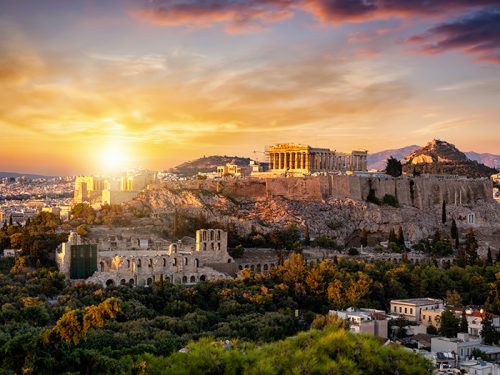
Parthenon of the Acropolis (Greece)
The word Acropolis means “high city” in Greek. The white Parthenon, built in 438 B.C. during the Golden Age of Athens to worship the patron goddess Athena, was supported by 46 stone pillars, and when it was completed, a huge golden statue of Athena was said to have stood inside. The temple of Nike and the temple of Erechtheion stand side by side on the hill, and it is romantic to know that you are gazing at the view that Socrates and Plato saw 2,500 years ago.
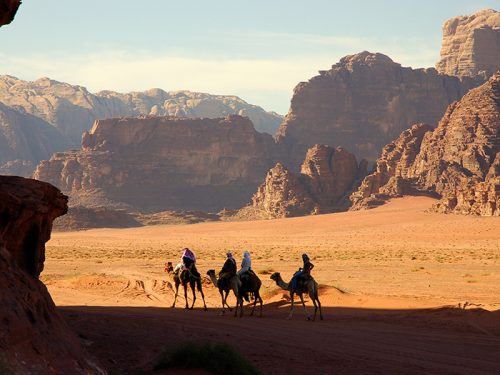
Wadi Rum (Jordan)
The World Heritage Site of Wadi Rum, where rocky mountains and megaliths dot the red desert and where you can enjoy camping under the stars at night, is also known as the “Valley of the Moon.” Wadi Rum is the largest dry valley (wadi) in Jordan, where murals of ancient people still remain. The area is home to Bedouin nomads and camels, and once you visit, you will never forget it. The area was the location for the movie “Lawrence of Arabia,” and its Mars-like landscape has appeared in many science fiction movies, including “Star Wars” and “The Odyssey.” Other places to visit in Jordan include Petra, the ancient city carved out of a rock wall. The beauty of the temples built by digging out the pink rock walls is captivating.
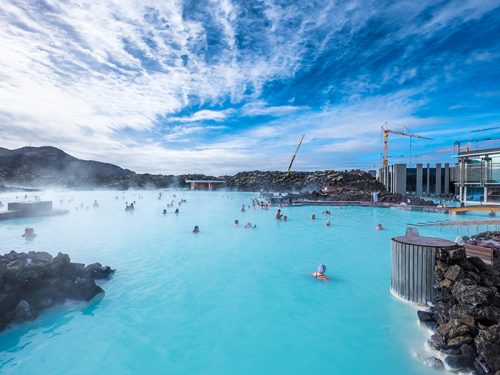
Reykjavik (Iceland)
The territory of the republic Iceland is consists of a large volcanic island near the Arctic Circle. With more than 100 volcanoes, there are many geysers that periodically spew out hot water and gas, and the Great Geysir erupts a powerful column of boiling water up to 60 meters high. The world’s largest heated swimming pool, the Blue Lagoon, has been selected as one of the “25 Most Beautiful Spots in the World” and is Iceland’s most popular tourist attraction. It has an area the size of 50 convenience stores and is filled with hot water that looks like light blue milk. There are also hot springs all over Iceland, numbering approximately 800! One of the reasons for the country’s consistently high ranking in terms of national happiness may be its spa paradise.]

New York (the United States of America)
New York City is one of the world’s most exciting cities. It is a microcosm of the United States, where people from various backgrounds coexist, and has been developed by the powerful energy that cross-cultural exchange generates. There are many things to see, including the New York Museum of Modern Art, popular for Van Gogh’s “Starry Night;” the Metropolitan Museum of Art; Times Square, known as the “crossroads of the world;” the United Nations Headquarters; the Empire State Building (381 m) which is the symbol of Manhattan; the Metropolitan Opera House which is one of the largest opera houses in the world; the Brooklyn Bridge where you can walk in the air, and Grand Central Terminal with its constellation of stars on the ceiling, to name a few.
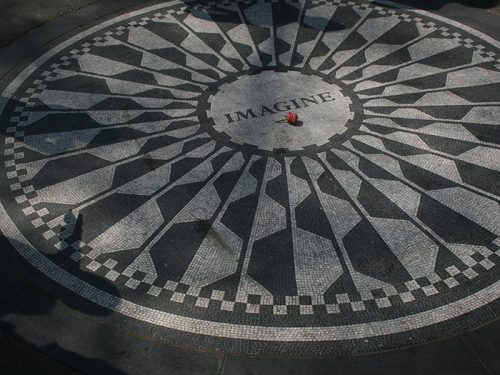
The Statue of Liberty symbolizes freedom and democracy, and was presented by the people of France to commemorate the 100th anniversary of the independence of the United States. In her right hand, she holds a torch that illuminates the world, and in her left, the Declaration of Independence inscribed with the date of July 4, 1776. The seven prongs of her crown represent the seven continents and seven oceans, hoping for the freedom of the people of the world. In Central Park, facing Dakota House, the residence of the late John Lennon, you can visit his memorial plaza with “Imagine” inscribed on the ground, which attracts Beatles fans from all over the world.
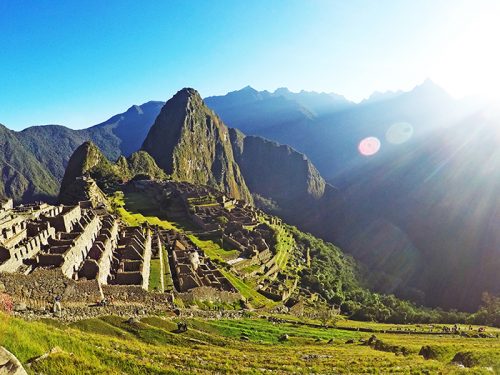
Machu Picchu (Peru)
The “City in the Sky” of the Inca civilization is ranked first in various polls of the most popular World Heritage Site. Resembling Ghibli’s Castle in the Sky, it is built on a mountain ridge in the Andes at an altitude of 2,500 meters above sea level, and the ruins cover an area of 13 square kilometers. Stone houses and terraced fields are connected to each other, and the temples display superior civil engineering technology. Because of its unexplored location, the site was not invaded by the Spanish, and the Inca style of architecture has been preserved until today. The quiet atmosphere, with only the sound of birdsong to be heard, is like stepping back in time.
PHOTO:PEACEBOAT, Wikimedia Commons / Pharos, Wikimedia Commons / Ismoon, shutterstock.com
